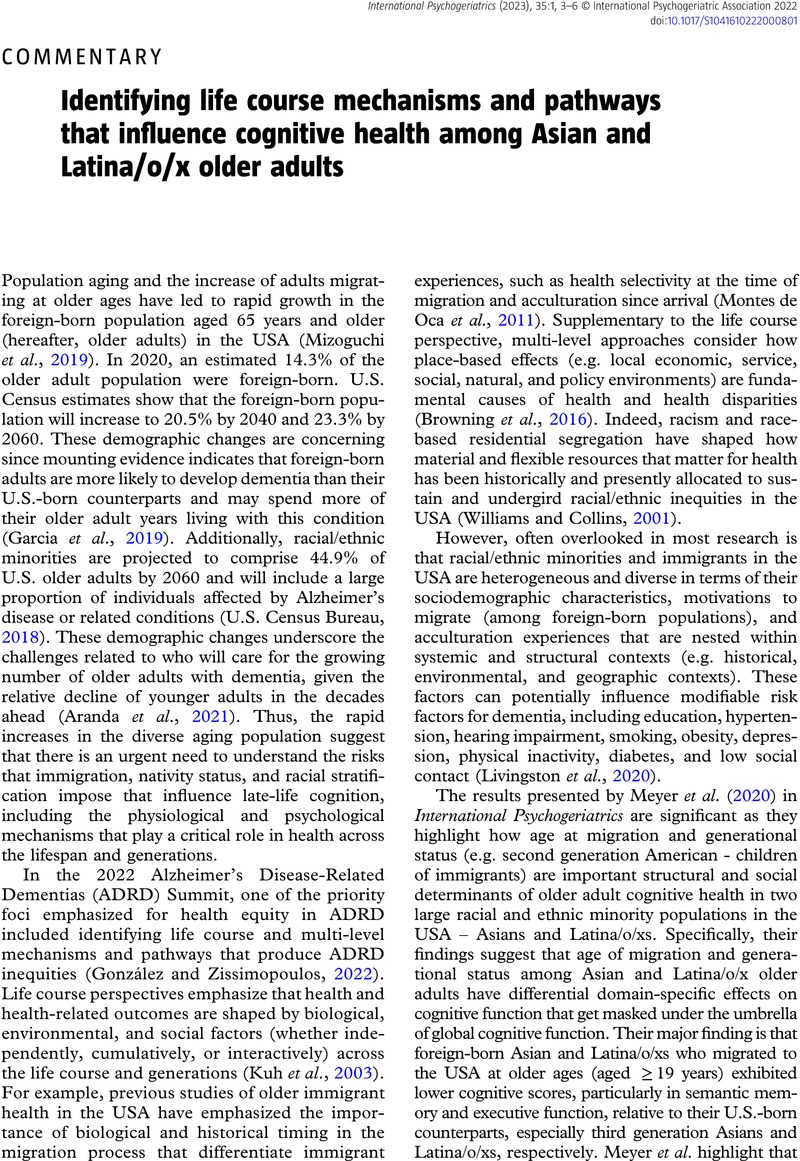Crossref Citations
This article has been cited by the following publications. This list is generated based on data provided by Crossref.
García, Catherine
Garcia, Marc A.
Sheftel, Mara Getz
and
Adorno, De’Lisia S.
2023.
Older Mexicans and Latinos in the United States.
p.
119.





